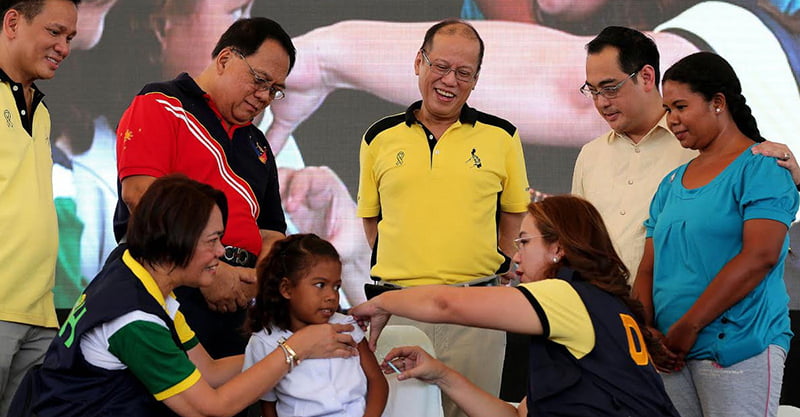A ministerial exercise simulating the top-level response to a bioterror incident. The simulation operated on January 14, 2005 in Washington, D.C. It was created in part to reveal the current international state of preparedness and possible political and public health issues that might evolve from such a crisis.
The project was sponsored by the Alfred P. Sloan Foundation, the German Marshall Fund of the United States, and the Nuclear Threat Initiative. Organization efforts were provided by the Center for Biosecurity of UPMC, the Center for Transatlantic Relations of Johns Hopkins University, and the Transatlantic Biosecurity Network.
In the scenario, smallpox was released in the following major cities in a covert attack: Istanbul, Rotterdam, Warsaw, Frankfurt, New York City, and Los Angeles. Cases were initially reported in Germany, Turkey, Sweden, and the Netherlands, but the pathogen was exported to other nations within hours. Specifically, the 51 cases confirmed in these four nations grew to 3,320 cases with transatlantic spread after no more than 4.5 hours. This rapid spread of disease forced the attending representatives to grapple with a quickly escalating crisis and revealed difficult tensions between domestic politics and international relations, revealing the need for improving response systems for such a crisis. The scenario was propelled by continual briefings by “Summit Staff”, breaking news segments from the “Global News Network”, and private updates for representatives from their “national advisors”. The scenario assumes that the viral ingredients were obtained from a bioweapons facility in Russia. The terrorist group responsible used publicly available knowledge as well as training in US and Indian universities in order to create the strain of smallpox. To spread the virus, members walked around public areas with canisters releasing the virus in high traffic areas.
The initial problem facing the participants was whether to use a ring vaccination strategy over a mass vaccination one in order to deal with the small number of those thought to be infected with the smallpox virus. While ring vaccination is recommended for initial control over an outbreak, states may quickly choose to switch to mass vaccination if it is unsuccessful. In addition, the participants for countries with no infected persons faced pressures to share available vaccine resources with countries currently experiencing outbreaks. As more countries began to experience outbreaks, domestic pressures forced participants to withhold the sharing of vaccines in order to preserve their supply for their own citizens. Other strategies, such as vaccine dilution, became necessary as the amount of those suspected to be infected grew. Participants also considered the viability of closing borders to prevent the further spread of the outbreak to their own countries. Certain dire measures, such as the use of military quarantines, were considered as participants also had the obligation to ensure public safety in civilian populations.
The credentials of some participating members were questioned due to a lack of experience in these fields. The rate of infection transmission used by the Atlantic storm exercise was higher than historical records of smallpox transmission. As a result, most otherwise appropriate measures would still fail in the hypothetical scenario. This raises some concerns with conclusions of Atlantic Storm and its application to a real world scenario. In addition, some defense research questions the ability of terrorists to create and distribute such a virus.
Source: Wikipedia




